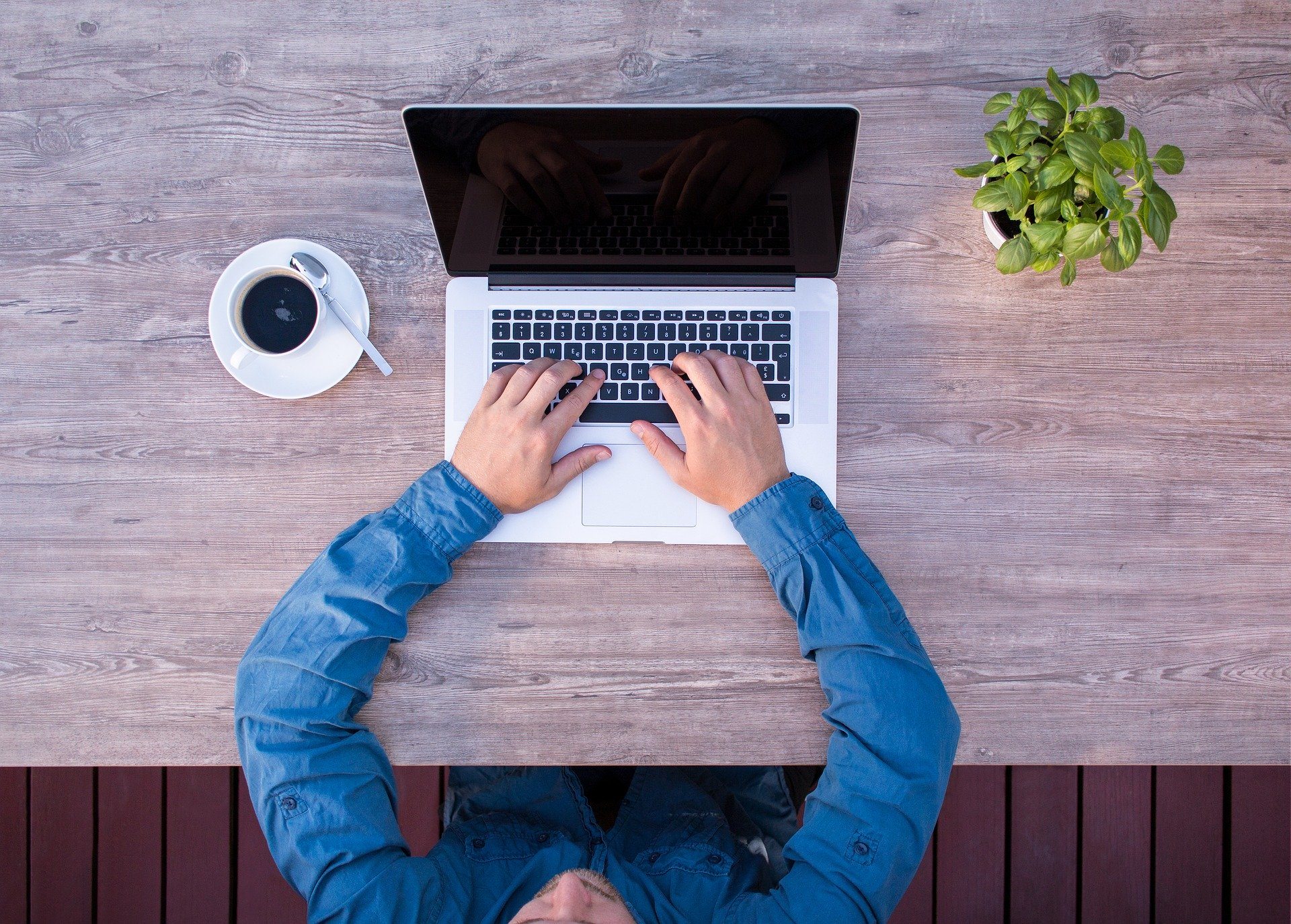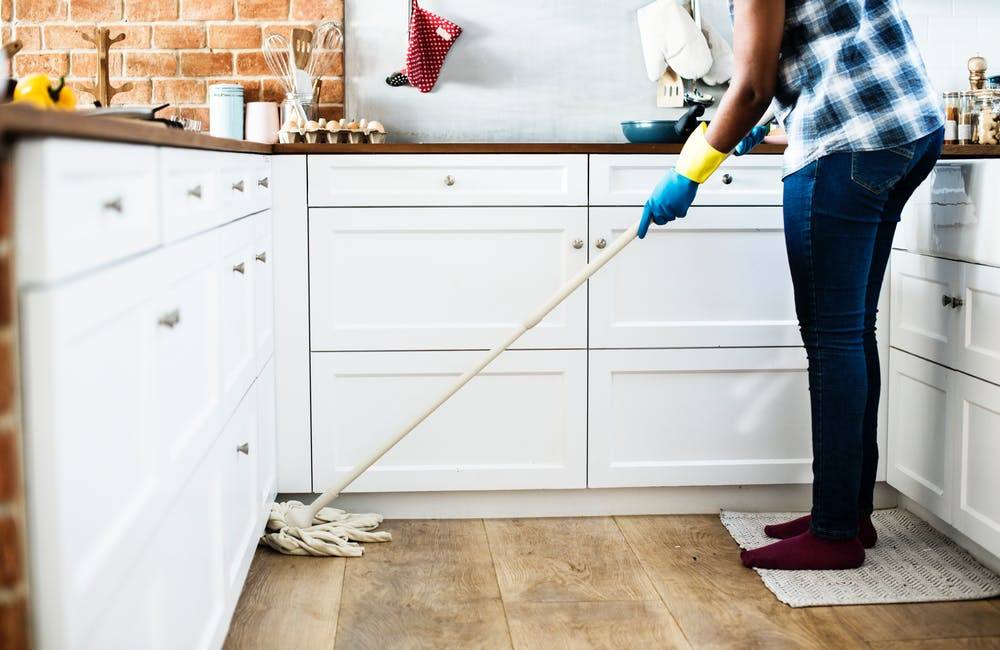In response to the Coronavirus pandemic, most people are only left with the option of working from home. This is because the virus is easily spread through close contact with someone who already has the virus. If you have found yourself in such a situation, however, it is still very possible to be productive and maintain a balance between work and home. Here are some tips:
1. Act like you are going to work
Changing your pajamas and dressing as if you are going to work is a very crucial thing when you are working from home. This, in a big way, draws the line between being at home and work. Take a shower, apply makeup, style your hair, iron that suit, brush your teeth, and get ready to begin work. It would have looked so unprofessional and weird if, for instance, you received a video call from work, and you were just dressed in pajamas. It is, therefore, essential to take care of your appearance every morning.
2. Create a working from home space/ office
When working from home, it is vital to keep your home life and work separate. This can be quite hard if, for instance, you have children at home. To avoid all sorts of distractions, ensure that you set up a working space where you will give your work the attention it demands. Try to make sure that the area is comfortable for you to work from there for several hours.
3. Clearly define working hours and stick to them
Working from home can lead to shorter or longer hours of working as compared to the office. Overworking can easily make you have burnout while under-working reduces your productivity. To avoid falling victim to all this, establish working hours and keenly stick to them.
4. Establish transitions into as well as out of work
Commuting to and from the office is not just a simple and regular thing to do. This is because it goes a long way in preparing your mind and whole self for work and home, respectively. When you are working from home, it is also very crucial to engage yourself in activities that prepare your mind that it is time to work or to stop working. For instance, you can listen to some music to relax your mind for work or clear your mind after work.
5. Avoid distractions when working from home
One of the biggest challenges people experience from home is distractions. Do not allow your mind to be bothered by the trending news since this hinders your productivity. Try to make sure that you are also not distracted by family members. Let them know that when it is time for work, they should give you enough space to work effectively.
6. Over-communicate
Working remotely requires you to communicate frequently, mostly when it is your first time doing that. Many times you may encounter challenges that you are not sure how to handle. Get in touch with your manager as well as your collaborative workmates. Let them know what your schedule is and what you plan to achieve at the end of every day. Get to know how they are working and coping from home also. This might give you a challenge and modify how you are working.
7. Do not fall into the working from home isolation trap
Working from home may get lonely and affect your mental health. Try to counter that as much as you can. You can do that by video chatting or calling your coworkers and having the normal talks you usually have in the office. For instance, you can check out how their night or weekend was if you are used to that.
8. Set break schedules
During the normal working hours in the office, there are breaks that you are given at specific times. Stick to that even while at home. If, for instance, you are used to having lunch with your colleagues, you can do that with your family before getting back to work. This gives you more time to bond with your family and be effective at work at the same time.
Working from home, therefore, can be as effective and productive as working from the office. To learn more about this, feel free to contact us today.




